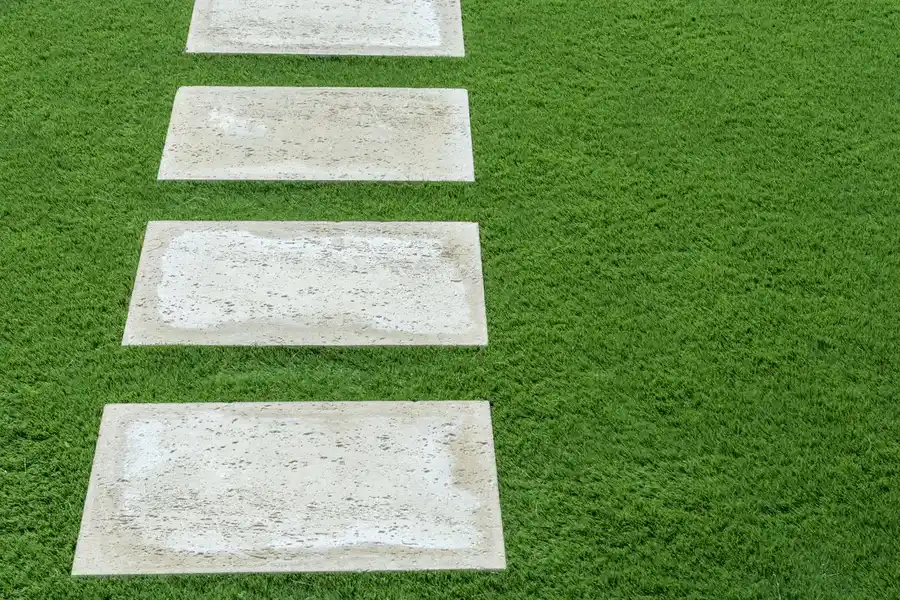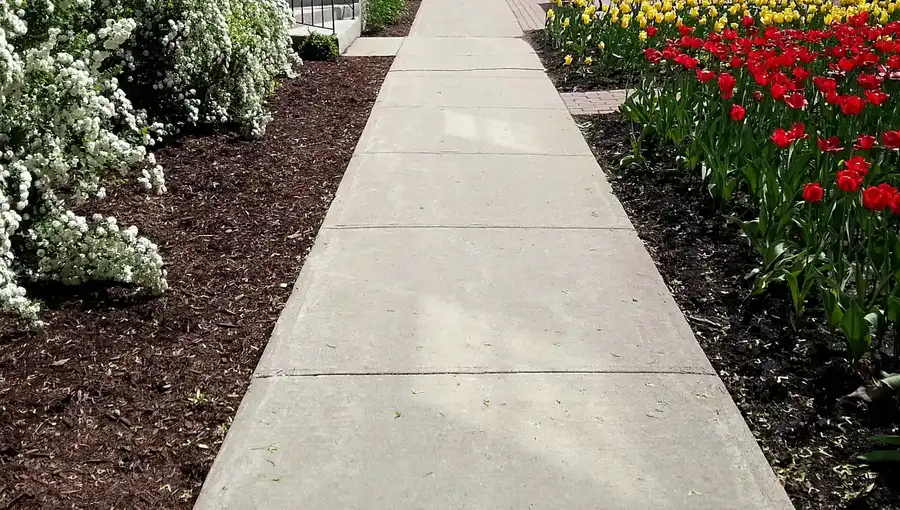The Importance of Maintaining Safe Walkways
Sidewalks are a vital part of many communities, providing safe pathways for pedestrians. When they become damaged, however, they can pose serious trip hazards. Cracks and uneven surfaces can lead to falls and injuries. For property owners and municipalities, maintaining these walkways is crucial. Addressing damage promptly not only ensures safety but also complies with regulations. By focusing on repair solutions, we can protect both people and properties from potential risks.
Enhancing Pedestrian Safety
When sidewalks develop cracks or become uneven, they can quickly turn into trip hazards. This is where concrete sidewalk repair plays a critical role. By addressing these issues early, you ensure that pedestrian pathways remain safe and reliable. Regular maintenance prevents accidents and reduces liability concerns. With proper repair, the risk of tripping over uneven surfaces significantly decreases.
Avoiding Liability Issues
For property owners and local governments, damaged sidewalks present more than just a safety concern-they also pose legal risks. Implementing effective concrete sidewalk repair strategies helps prevent costly lawsuits related to trip-and-fall accidents. It’s important to act swiftly when damage is noticed to minimize liability exposure. Regular inspections and timely repairs offer peace of mind by maintaining compliance with safety standards.
Identifying Common Sidewalk Problems
To effectively address sidewalk issues, it’s essential to recognize common problems that contribute to trip hazards. These include:
- Cracked or split concrete slabs
- Uneven surfaces due to tree roots
- Deterioration from weather conditions
- Poor initial installation techniques
Understanding these issues helps in planning appropriate repair measures, ensuring long-term durability and safety.
Steps to Effective Sidewalk Repair
Repairing sidewalks involves several key steps that ensure the task is done right. Here’s how you can approach this process:
- Assess the extent of the damage.
- Choose suitable materials for patchwork or replacement.
- Consult with professionals if needed for technical expertise.
- Follow industry guidelines to carry out repairs efficiently.
- Conduct post-repair inspection to confirm stability.
These steps help maintain quality while extending the lifespan of repaired sidewalks.
Implementing Best Practices in Repair Work
Ensuring successful sidewalk repairs requires adhering to best practices. Some of these include:
- Using high-quality materials that withstand harsh weather
- Performing regular inspections to catch early signs of wear
- Collaborating with experienced contractors for complex projects
- Keeping an updated log of maintenance activities
Applying these practices minimizes future damages and prolongs the usability of pedestrian paths.
Considerations for Repair Costs
The cost of repairing sidewalks varies based on factors like the severity of damage and material choices. While initial expenses might seem high, investing in quality repairs offers significant returns in safety and reduced liability. Comparing costs with potential legal fees from injury claims highlights the value of prompt action. Prioritizing repairs protects your investment and keeps public areas safe.
Your Partner in Safe Sidewalk Solutions
101 Concrete Company is dedicated to helping you maintain secure pedestrian pathways. Call us at (805) 814-5379 for expert advice and services tailored to your needs. Based in Oxnard, CA, our team provides comprehensive solutions to keep your community safe and compliant with all regulations.


